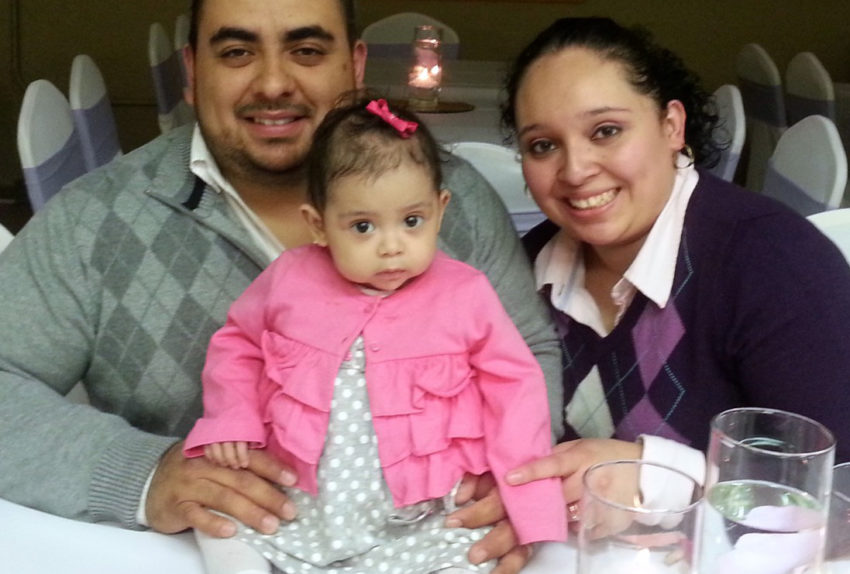Latinos, Why is Organ and Sample Donation Important? Ask 3-year-old Jade Hércules and Her Family

Jade Hércules, was born in July 2012 in Guatamala, where she was diagnosed with terminal liver disease. She needed a donor. Jade's condition deteriorated over the next year to the point where her parents thought, as she celebrated her first birthday in July 2013, she wasn't far from her final moments on earth. Then doctors at University of Chicago Hospital, where her family had come to seek treatment, told her parents a liver donor was found. “We were grateful to God for the parents who had the courage to donate their little boy’s organs because thanks to them our little girl is alive. We always think about the parents who made this miracle possible because it is truly a blessing that a year later although she is not yet walking, Jade can stand and is such a happy ...
Read More
